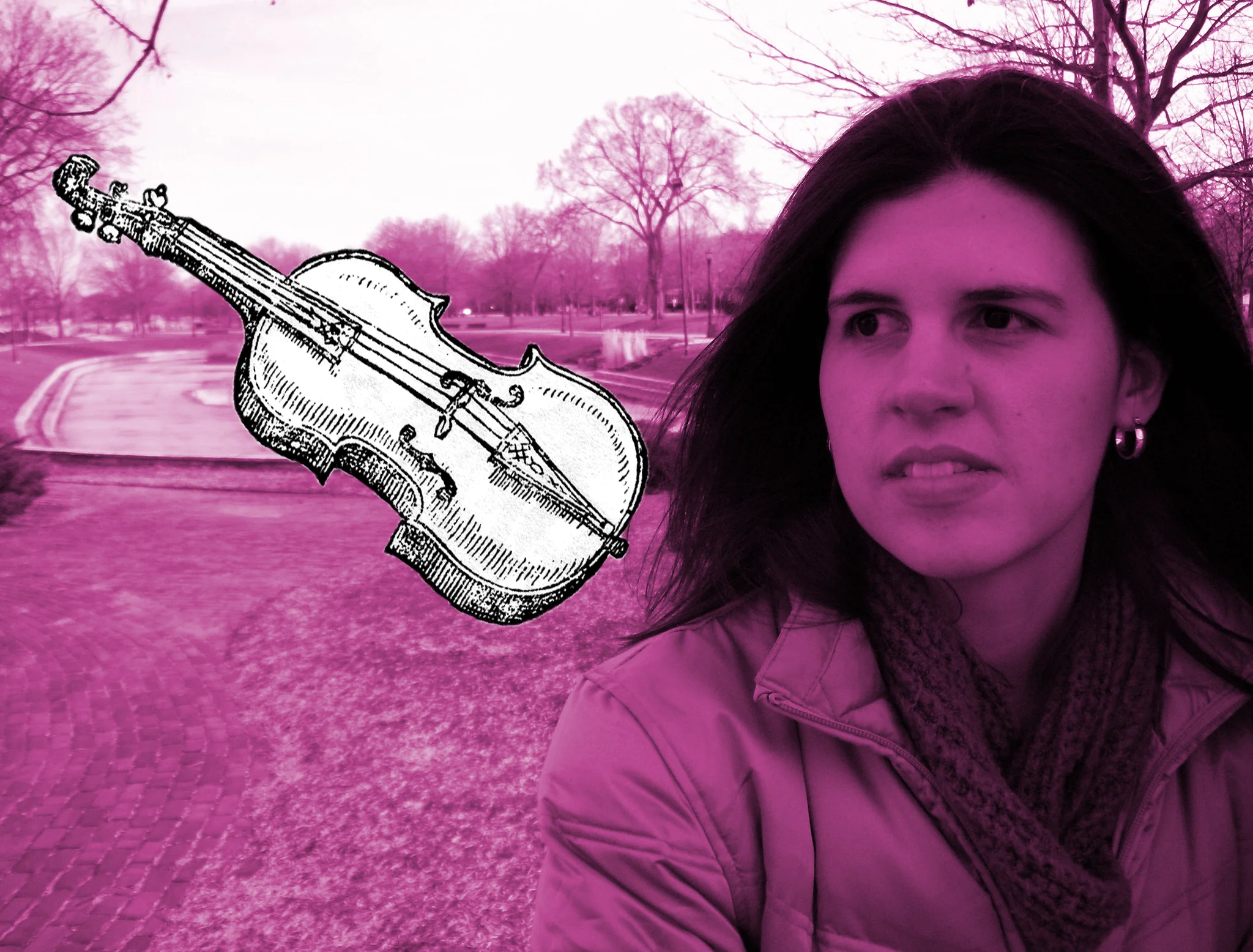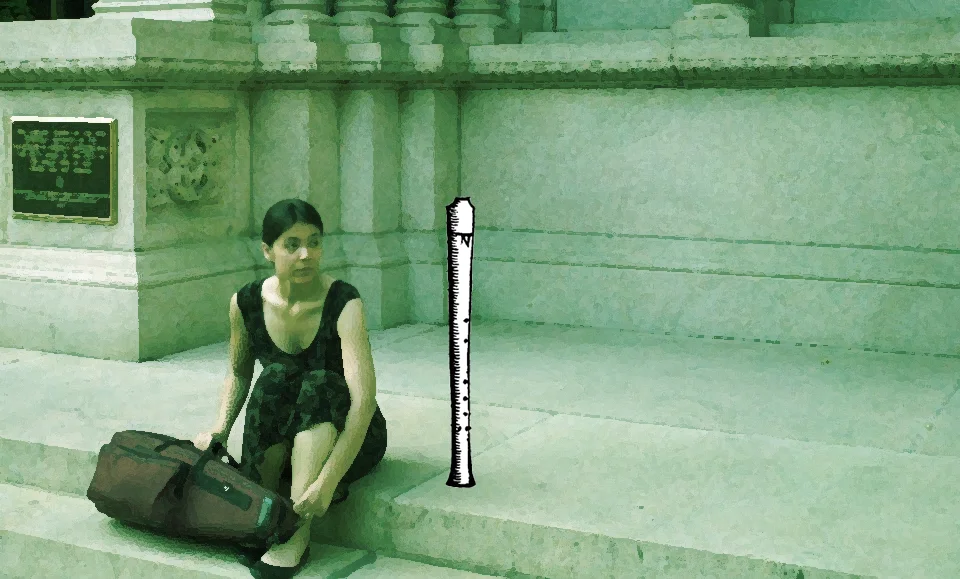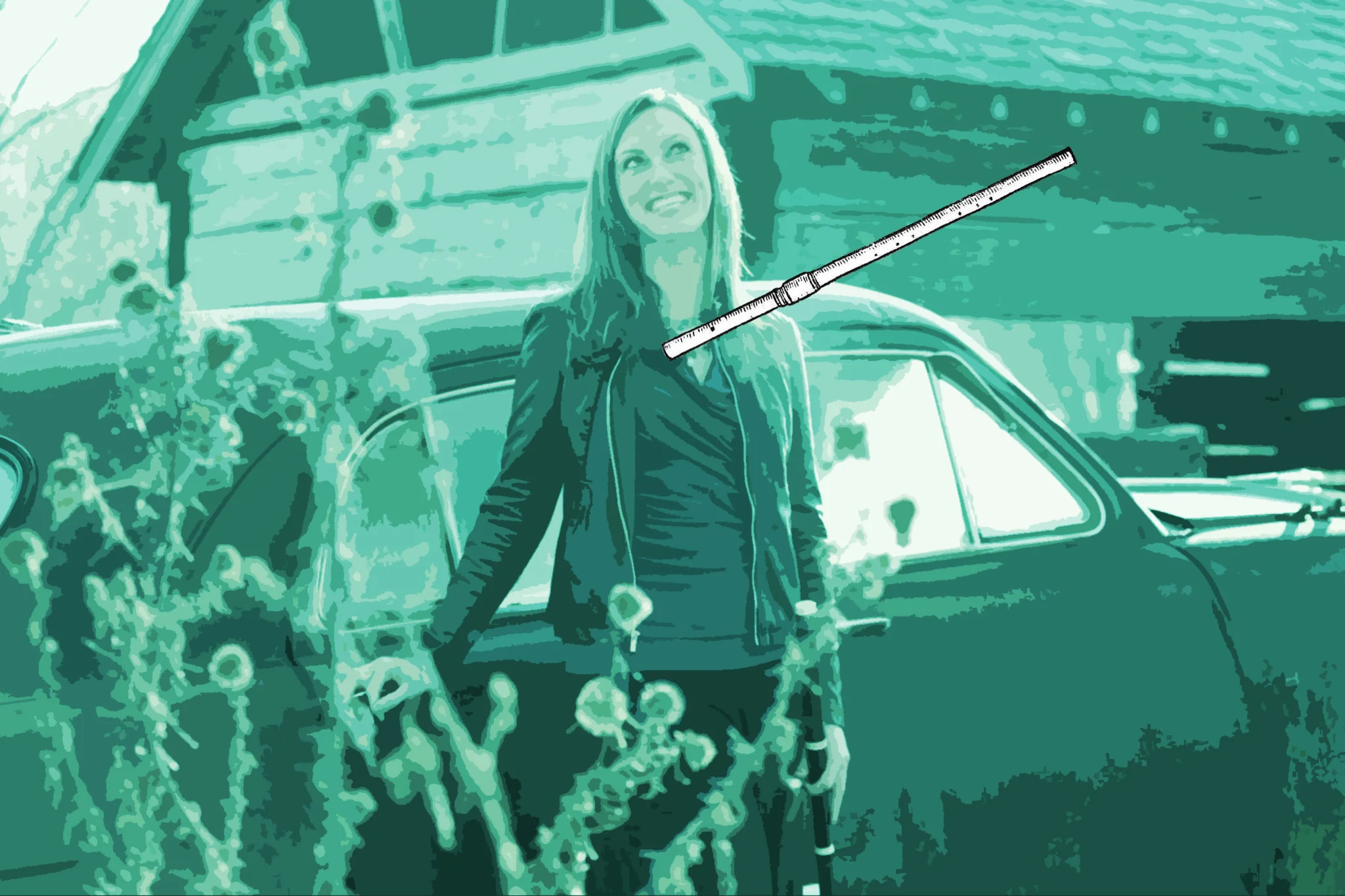Hey! When you're done reading this blog post, head to
to find out more and purchase tickets!
Once upon a time (c.1500) in a land far, far away (Italy)….
a maiden named Isabella d’Este made the purchase of a lifetime in c. 1500. You probably guessed it: the violin. But this wasn't just any purchase. This was the first recorded purchase of the violin by any court anywhere in the world. And she didn’t just buy one—she bought the whole kit and caboodle. That caboodle, like any good instrumental family in the 16th century, included a soprano, alto, tenor, and bass version of the violin.
Within this 16th century family, you'd recognize the soprano to be very much like the violin of today, while the alto and tenor are more like that of a viola. The bass violin looked a lot like a cello, except that a player would have either wore it around the neck, or placed it on a stool, so as to stand in the presence of their employer (insert favorite monarch name here).
Fun Fact: Women were discouraged from playing violin because it was associated with the dance floor - a 16th century footloose kind of situation. At various times in history, in both Europe and America, it was even referred to as the devil’s instrument!
The violin became extremely popular and was accepted by commoners, royalty, and the bourgeois classes alike. That popularity has continued into the 21st century, and the violin appears anywhere and everywhere:
- at late night pub jams to orchestra halls to churches;
- at weddings at small town churches for neighbors to Westminster Abbey for the wedding of Prince William and Kate Middleton; and
- for recordings of different genres, including folk, rock, hip hop, jazz, classical, world, and more.
Fun Fact: BBE Artistic Director, Brandi Berry Benson, has played in all of the above styles.
Yes, even hip hop… on Kanye’s Gold Digger Tour in 2005. (Wait. Say what!?)
+
But, that was not on the same violin. Over the course of several centuries, the violin underwent a few more-than-cosmetic changes. Today, we call the older “older” version of the violin the “Baroque violin,” or for a more “PC” term, “period violin." We'll be using the Baroque version for Chicago Stories. You can see some of the differences, and developments, below.
A Few Notable Inventions
18th Century:
Frog screw tightens/loosens bow hair
19th Century:
Concave shape by Tourte; Chinrest added
20th Century:
Change from gut to steel strings
There were more changes than those listed above, but probably the greatest effect on the sound came about because of the change in the bow and the strings. The bow of this time period, on the whole, had a convex shape. It arched out - like a sphere. The bow hairs, prior to 1700, were tightened using a piece of wood, or leather, wedged between the hair and base of the frog. The violin was also strung with gut strings, which were typically made of sheep’s gut membranes. These were sometimes referred to as catgut... but don’t worry, no kitties were harmed in the making of these instruments!
So, how does this change the sound?
There is a warmth, and a rapidity of response, when a Baroque bow plays on gut strings that is different than what's produced by a modern bow with a steel strings. Both play to a different set of strengths -
- A gut-strung Baroque violin with a Baroque bow makes use of more contrast in the stroke from end to end. It’s forte is imitating speech through swells and tapers. It can quick change between short, long, loud, and soft strokes. It can also explore more nuances on the softer side of the dynamic spectrum.
- A steel-strung modern violin and bow pairing has its forte in the forte - haha - both in timbre and volume. The modern bow is built to be able to create and sustain an even sound from end to end, and, as a result, produce longer lines in sound. The steel string with structural differences inside the body of the violin (that’s more than another blog!) has the advantage of producing a generally brighter sound that is able to carry further in less than acoustically-advantaged spaces.
It’s not better, it’s not worse, it’s just different.
BBE Artistic Director Brandi Berry is a 2015 3Arts awardee. Here she shows off her mad skillzzz and talks about her Baroque and fiddling roots.
There are a couple of cool string playing practices from back then that are still prevalent in some fiddle traditions today. We'll be exploring those in Chicago Stories, too:
- Scordatura: Also known as “cross-tuning” in the fiddle world, in simplest terms, it means to tune the strings differently. Typically, the strings are tuned to the following notes: G-D-A-E. For Chicago Stories, we'll use the following notes: A-E-A-E. The result is another palette of sonorities and colors which are a bit more resonant and with a slightly brighter timbre. This will only be in Eric’s pieces about the Assyrian immigrant community.
- Improvisation: This was an expectation of *everyone* back in the day. All “classical” musicians were expected to improvise, and it’s an expectation for the BBE, too! For Chicago Stories, and in the spirit of Latin jazz, Amos has included an “improv” section for the Baroque violin in one of his pieces. Listen for that in October!
Check out the next blog where we meet the violin’s second cousin, and possibly college roommate: the viola da gamba.
CHICAGO STORIES BLOG
Join BBE Artistic Director, Brandi Berry, as she explores the instruments, people, and stories being the project through our blog series!






















